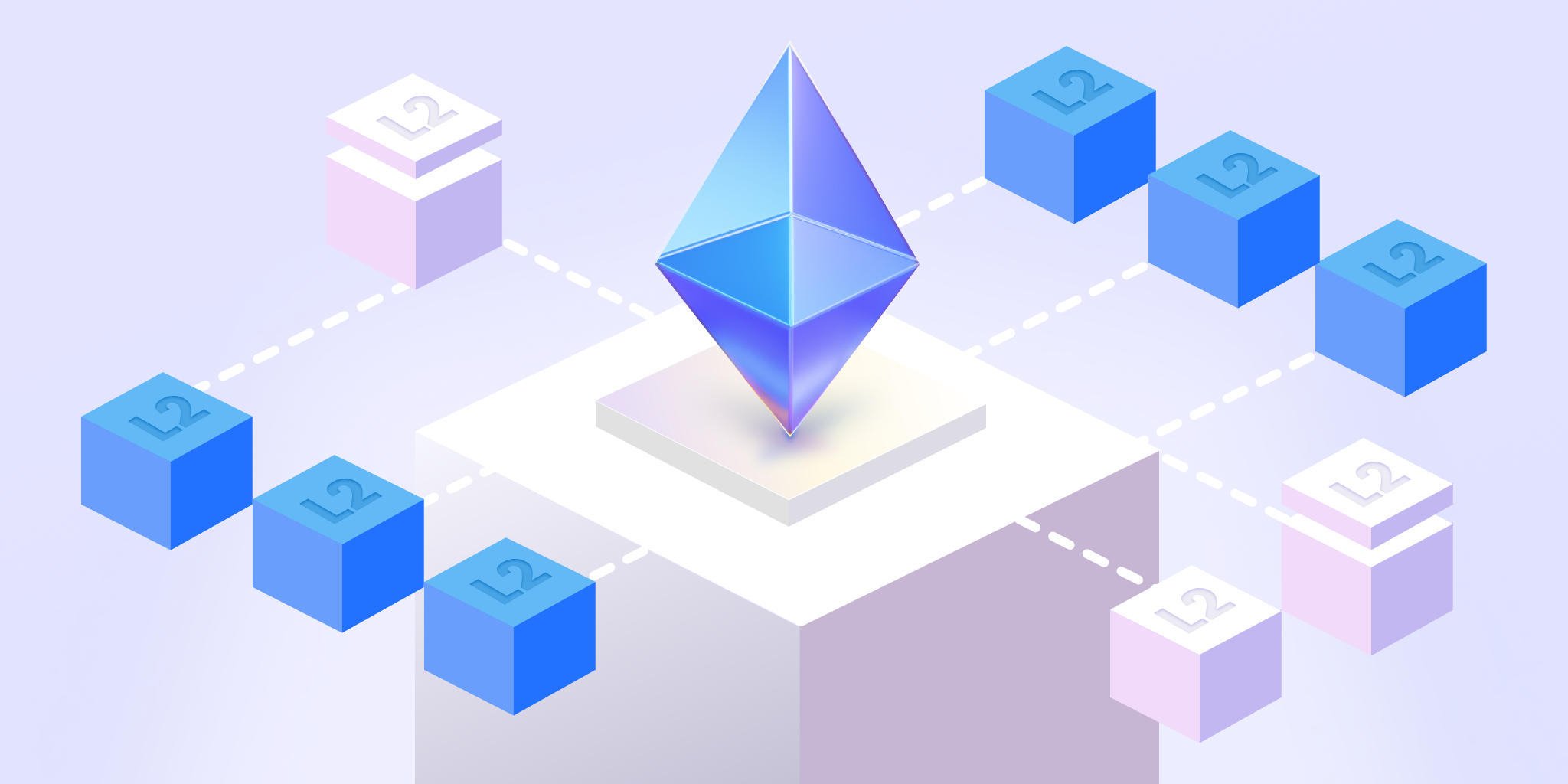Striking a Balance as Vitalik Calls for Ethereum Alignment

Since it began, Ethereum has grown into a vast ecosystem, with thousands of decentralized applications and hundreds of Layer 2 networks. This growth shows Ethereum's success but also brings new challenges.
The main question is: How can such a diverse ecosystem stay united without losing what makes each part unique? This is especially clear with Layer 2 solutions. Platforms like Arbitrum and Optimism aim to make Ethereum faster, but they work independently. This raises questions about how well they'll work together in the future.
Seeing these potential problems, Ethereum co-founder Vitalik Buterin suggested 'Ethereum alignment.' This idea aims to bring together the ecosystem's various projects, making sure individual efforts help Ethereum's overall goals. Buterin proposes creating ways to measure how well projects align with Ethereum, addressing worries about the ecosystem splitting up and success being based on who you know rather than what you contribute.
As the Ethereum community thinks about these ideas, it's important to look at how different parts of the ecosystem – from block explorers to L2 developers – are handling these changes. This article looks into these complex issues, exploring the balance between decentralization, efficiency, and unity in Ethereum's growing world.
The Evolution of Decentralization
Decentralization is an ongoing process that involves consolidation over time as the most useful, secure, and decentralized projects rise to the top. Right now, the Ethereum ecosystem is in an exploration phase, with new L2s launching seemingly all the time to test ideas and quickly improve towards better chain designs. During this early phase, some trade-offs are acceptable and even necessary for progress.
Open-source explorers like Blockscout support this experimentation by making all L2s visible and providing standard ways to interact with chains. By supporting various types of chains within the EVM system, Blockscout offers a fair baseline where any chain can get attention and build a potential user base.
Balancing Interoperability and Innovation
Keeping interoperability while promoting innovation is a delicate balance in the growing Ethereum ecosystem. To prevent L2s from becoming isolated, standardized tools and infrastructure are crucial. These tools should be community-focused, transparent, open-source, audited, and decentralized. They provide a "stamp of approval" and make it easier to move between L2s.
However, security isn't a one-time thing. It needs ongoing checks from trusted sources. In the future, a decentralized, yearly certification process could help make the underlying infrastructure more legitimate. If the tools connecting chains share these values, the chains themselves can have more freedom to try different uses and operations.
One of the biggest blind spots in the current ecosystem is L2-to-L2 bridging. Bridges need to be clearer about how they work and the risks of moving funds between L2s. This lack of clarity is a big challenge to the overall security and trustworthiness of the ecosystem.
Assessing Decentralization: The Long Road Ahead
When it comes to checking decentralization, tests like the walkaway test and insider attack test are useful tools. However, given the reliance on centralized infrastructure during early stages, it might be a few years before L2s can fully pass these tests. This timeline depends on factors like developing fully decentralized sequencers and fraud proof submissions.
A key challenge is finding enough community members willing and able to do the work of decentralization. Currently, a small percentage of super users work on security councils and do the necessary operations to fully decentralize a chain. To address this, governance and onchain participation need to become easier for everyone.
The Role of Block Explorers in Decentralization
Running underlying infrastructure like an explorer is different from running an L2 or bridge. There's no intrinsic value locked in an explorer, so the consequences of big failures are less severe. Natural redundancy also exists, as multiple explorers can provide needed information if one fails. This makes decentralization easier for explorer platforms like Blockscout, where anyone can copy the code and run their own instance for a chain competing with the likes of the OP block explorer, Arbitrum block explorer, Base block explorer, and so on.
To further decentralize, Blockscout is developing a governance process for community-determined major decisions. The goal is to make participation as easy as possible, fitting into users' regular routines without needing much time or effort for meaningful contributions.
Combating Social Capture
Addressing the growing concern of social capture in the Ethereum ecosystem, where alignment is based more on relationships than true merit, the focus should be on building great products. If a product works well, it attracts users naturally, creating genuine relationships. Blockscout has built relationships across platforms based on how useful its product is, rather than catering to specific chains or ecosystems.
While early connections and friend networks still drive much of what's built and promoted in the relatively small Ethereum community, this influence is likely to decrease as the ecosystem grows. As projects built on favoritism potentially fail, investors and users will move towards innovative applications that provide real solutions rather than just networking opportunities.
Striking the Right Balance
As the Ethereum ecosystem continues to evolve, platforms like Blockscout play a crucial role in maintaining a balance between decentralization and efficiency. By providing open, standardized tools and encouraging community participation, they contribute to a more robust, interoperable, and truly decentralized blockchain future.
The journey towards full decentralization is ongoing, but with continued innovation and community engagement, the vision of a truly decentralized and efficient Ethereum ecosystem becomes increasingly achievable.

